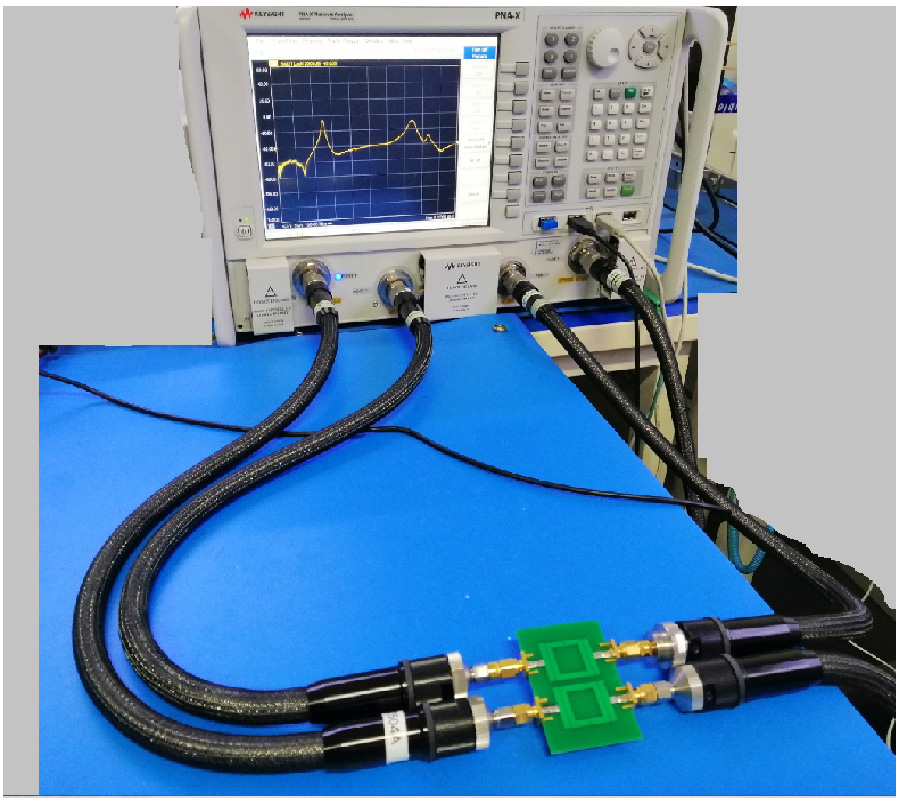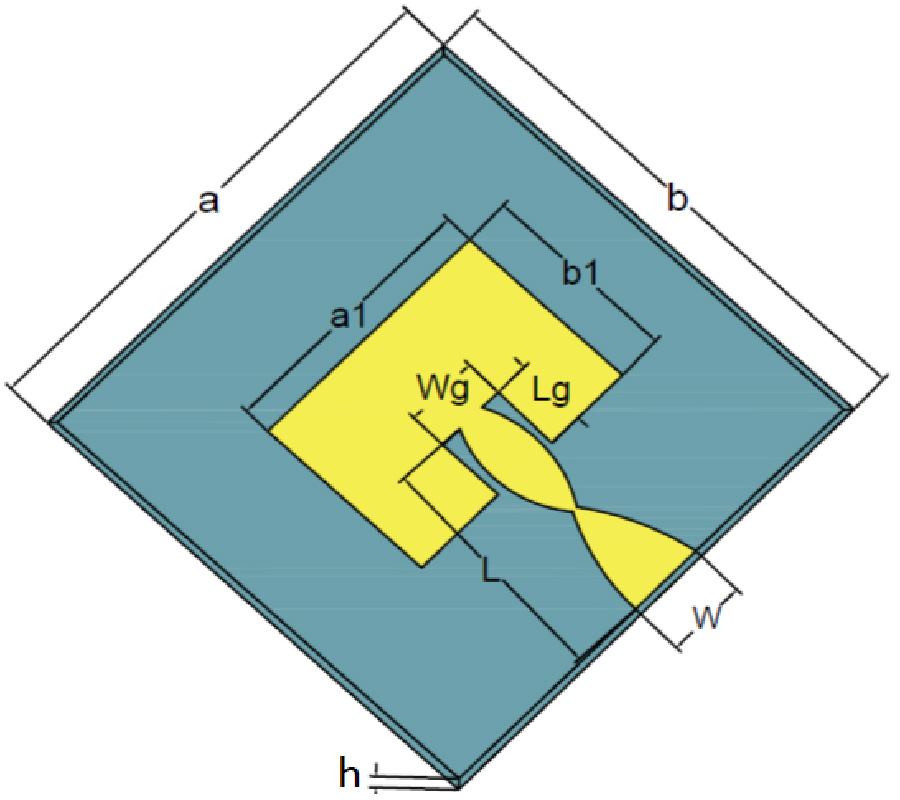Miniaturized Quintuple Band Antenna for Multiband Applications
Fouad Fertas,
Mouloud Challal and
Khelil Fertas
This paper presents a miniaturized quintuple band antenna for multiband operation with the aim of developing a small and simple structure antenna that can operate at multiband frequency. The proposed antenna contains a rectangular microstrip patch, a transmission line with 50 Ω coplanar wave guide (CPW) and six L-slots. By introducing these L-slots along the X and Y axis, in the radiating element, the antenna yields five resonance modes at 2.4, 3.5, 4.4, 6.09, and 7.7 GHz while keeping the size of 27.4 x 24 mm2. The prototype of the proposed antenna is constructed and experimentally studied. The measured and simulated results prove that the proposed multiband antenna is suitable for Bluetooth, WLAN, WIMAX, LTE, and X band applications. The antenna is designed using FR4 lossy substrate material with relative permittivity εr of 4.4 and thickness of 1.6 mm.



















